( English version at the bottom of the page )
En 1947, Antonov se lança dans l'étude d'avions de chasse à réaction . Son premier projet, un monoréacteur nommé "I" ou
Salamandra restant sans suite , il passa à un biréacteur nommé "M" ou "Masha" .
Celui-ci disposait de deux réacteurs RD-10 de 900 kgp , une copie soviétique du Jumo 004 . C'était un delta sans queue , configuration
toute nouvelle à l'époque , dont la flèche était de 60°. Les entrées d'air étaient situées à la racine des ailes. Il devait emporter pas
moins de 4 canons de 23 mm , voire 2 canons de 37 mm et 2 de 23 mm . Le train était tricycle et rétractable . Enfin , les dérives
(en flèche) étaient placées sur les ailes . En 1947, les Soviétiques purent acquérir auprès des Britanniques des réacteurs Derwent V
et Rolls-Royce Nene I et II . Ces derniers, particulièrement réussis , étaient quasiment les premiers réacteurs fiables et suffisamment
puissants . Ils allaient équiper la quasi-totalité des prototypes de l'époque . Copiés en URSS sous la désignation RD-45, ils allaient avantageusement
remplacer des RD-10 qui avaient les défauts de leur modèle allemand : trop fragiles (25 heures de durée de vie), trop peu puissants, trop lourds, trop gourmands en carburant.
Fin 1947, Antonov décida donc de remplacer les RD-10 du Masha par un unique RD-45. Mais le Nene était à flux centrifuge et le RD-10 à flux axial, autrement
dit plus court mais de bien plus grand diamètre . Il fallait donc entièrement revoir la conception du Masha . Les entrées d'air furent également revues
en conséquence et même l'aile fut redessinée, plus grande . En fait, seule la partie avant fut à peu près conservée.Le calcul des performances donnait
les estimations suivantes : altitude de 5000 m atteinte en 5 minutes, plafond de 10000 m et distance franchissable de 680 km si l'avion volait à 8000 m d'altitude .
Afin de mieux connaître le comportement en vol, en particulier le décrochage et la stabilité, Antonov décida de construire un planeur servant de démonstrateur, l'E-153.
Il était construit en bois et décollait à l'aide d'un chariot largable. Un patin fixe servait pour l'atterrissage . Une maquette de soufflerie à l'échelle 1/10e était
prévue, mais ne permettait pas d'effectuer tous les essais nécessaires . Mais en juin ou juillet 1948 , alors que le planeur était sur le point de faire son
premier vol, le ministère de l'aviation mit fin au programme Masha sous le prétexte qu'il y avait assez de projets d'avions de chasse , (il faut dire que le
très prometteur MiG-15, lui aussi motorisé avec un Nene soviétique, avait déjà entamé ses essais en vol) . La production en série de l'An-2 , à grande
échelle , devait aussi démarrer . A ce moment-là, le prototype du Masha lui-même était quasiment terminé : cet ordre donna une grande déception à Antonov
qui croyait au potentiel de sa machine . Ce fut le dernier projet d'avion de combat mené par Antonov.
Décollage avec un cran de volet . Attention c'est un prototype , ça ne vole pas droit et pas tout seul . Atterrissage avec les volets à fond .
Vol en palier avec un cran de volet .
- Réacteur gauche : touche 1 .
- Réacteur droit : touche 2 .
- Feux de navigation : touche 3 .
- Feu d'atterrissage : touche 4 .
- Verrouillage train avant : touche 8 .
- Trim : volets
English version .
In 1947, Antonov embarked on the study of jet fighters. His first project, a single-engine named "I" or
Salamandra remaining without continuation, he passed to a jet named "M" or "Masha".
It had two 900 kgp RD-10 reactors, a Soviet copy of Jumo 004. It was a delta without a tail, configuration
brand new at the time, whose arrow was 60 °. The air inlets were located at the root of the wings. He had to take not
less than 4 guns of 23 mm, even 2 guns of 37 mm and 2 of 23 mm. The train was tricycle and retractable. Finally, the drifts
(in arrow) were placed on the wings. In 1947, the Soviets were able to acquire Derwent V reactors from the British.
and Rolls-Royce Nene I and II. The latter, particularly successful, were almost the first reliable reactors and enough
powerful. They were going to equip almost all the prototypes of the time. Copied in the USSR under the designation RD-45, they were favorably
to replace RD-10 which had the defects of their German model: too fragile (25 hours of life), too little powerful, too heavy, too greedy in fuel.
At the end of 1947, Antonov decided to replace the Masha RD-10 with a single RD-45. But the Nene was centrifugal flow and the RD-10 axial flow, otherwise
said shorter but much larger diameter. It was therefore necessary to completely review Masha's conception. Inlets were also reviewed
accordingly, and even the wing was redrawn, larger. In fact, only the front part was nearly preserved. The performance calculation gave
the following estimates: altitude of 5000 m reached in 5 minutes, ceiling of 10000 m and range of 680 km if the aircraft was flying at 8000 m altitude.
To better understand flight behavior, particularly stall and stability, Antonov decided to build a pilot glider, the E-153.
It was built of wood and took off with a drop-down cart. A fixed pad was used for landing. A 1 / 10th scale wind tunnel model was
planned, but did not allow for all the necessary tests. But in June or July 1948, while the glider was about to make his
first flight, the Ministry of Aviation put an end to the Masha program on the grounds that there were enough fighter projects, (it must be said that the
very promising MiG-15, also motorized with a Soviet Nene, had already started its flight tests). The mass production of the An-2, large
scale, also had to start. At that time, the prototype of the Masha itself was almost finished: this order gave a great disappointment to Antonov
who believed in the potential of his machine. This was Antonov's latest combat aircraft project.
Takeoff with a shutter notch. Attention it is a prototype, it does not fly right and not all alone. Landing with flaps at the bottom.
Level flight with a shutter notch.
- Left reactor: key 1.
- Right reactor: key 2.
- Navigation lights: key 3.
- Landing light: key 4.
- Front axle lock: button 8.
- Trim: shutters
Specifications
General Characteristics
- Created On Windows
- Wingspan 35.7ft (10.9m)
- Length 25.3ft (7.7m)
- Height 9.9ft (3.0m)
- Empty Weight 10,678lbs (4,843kg)
- Loaded Weight 16,151lbs (7,326kg)
Performance
- Power/Weight Ratio 1.391
- Wing Loading 85.1lbs/ft2 (415.7kg/m2)
- Wing Area 189.7ft2 (17.6m2)
- Drag Points 4839
Parts
- Number of Parts 132
- Control Surfaces 10
- Performance Cost 520

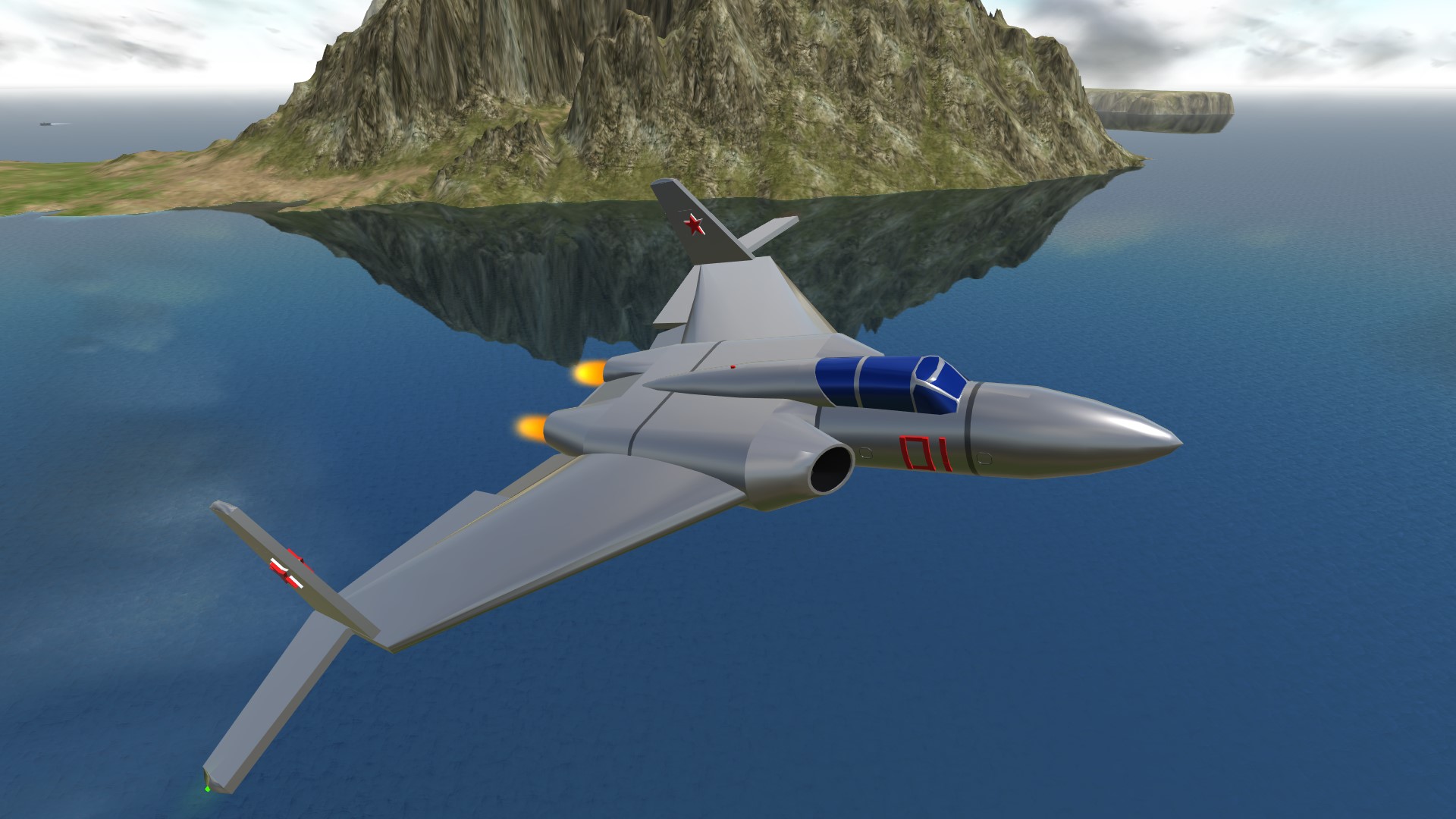
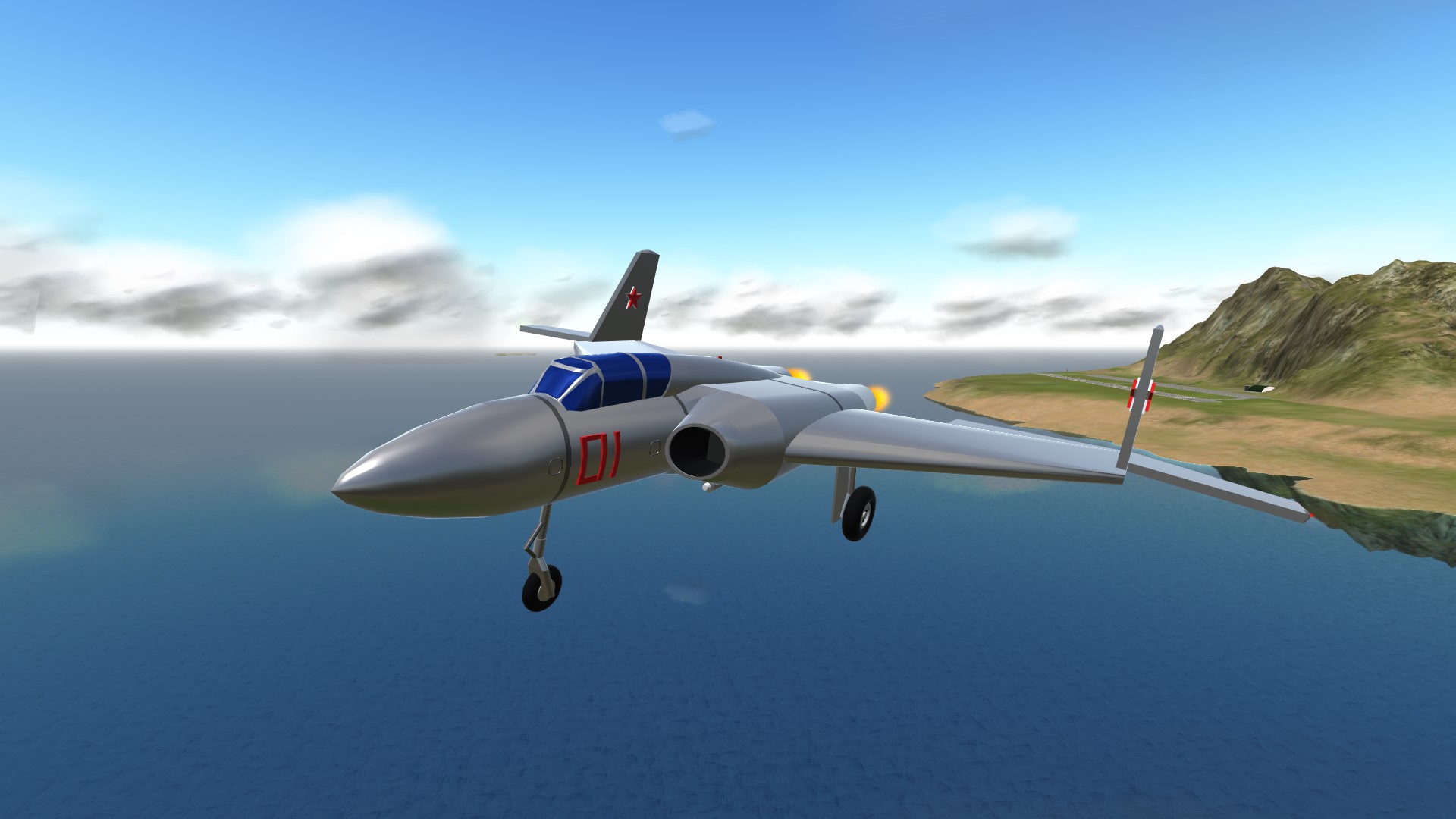
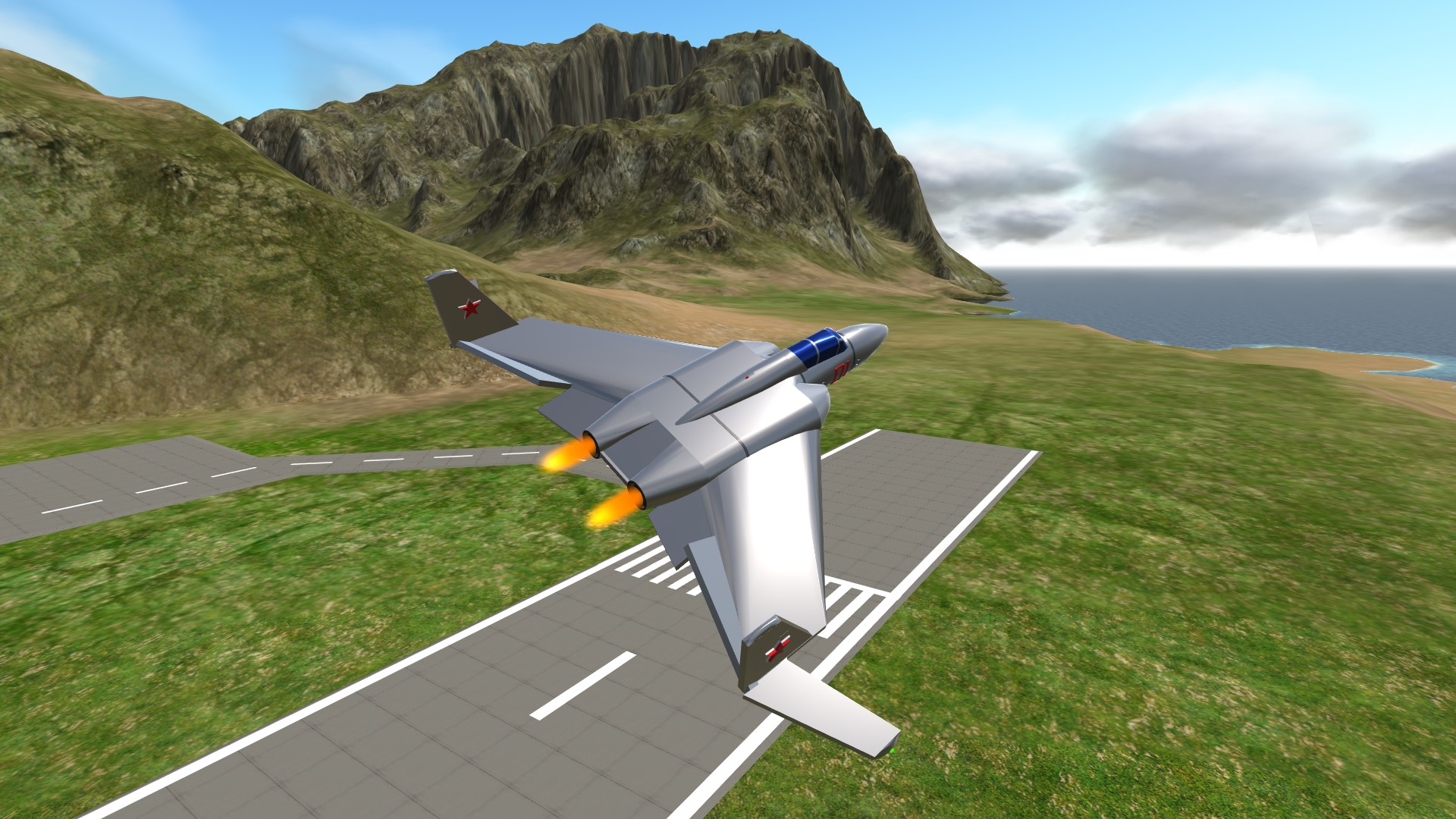

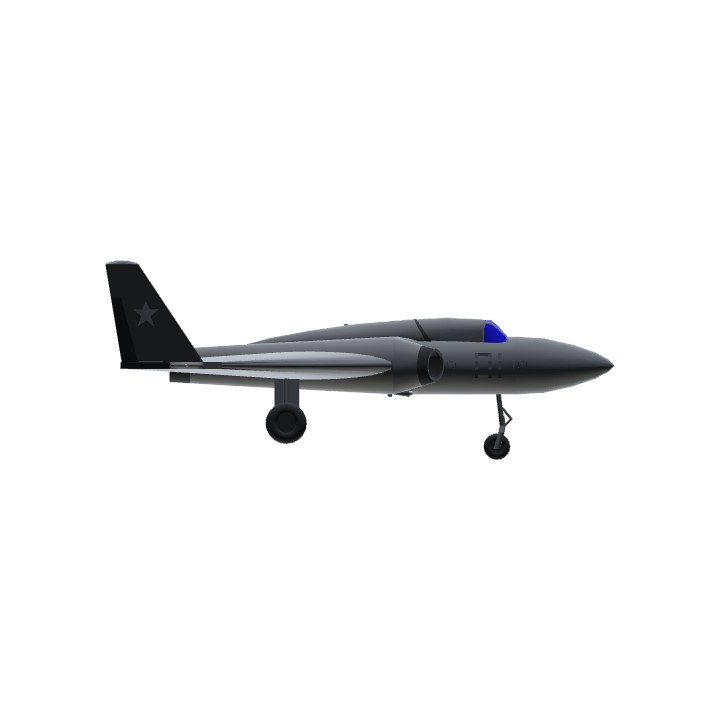
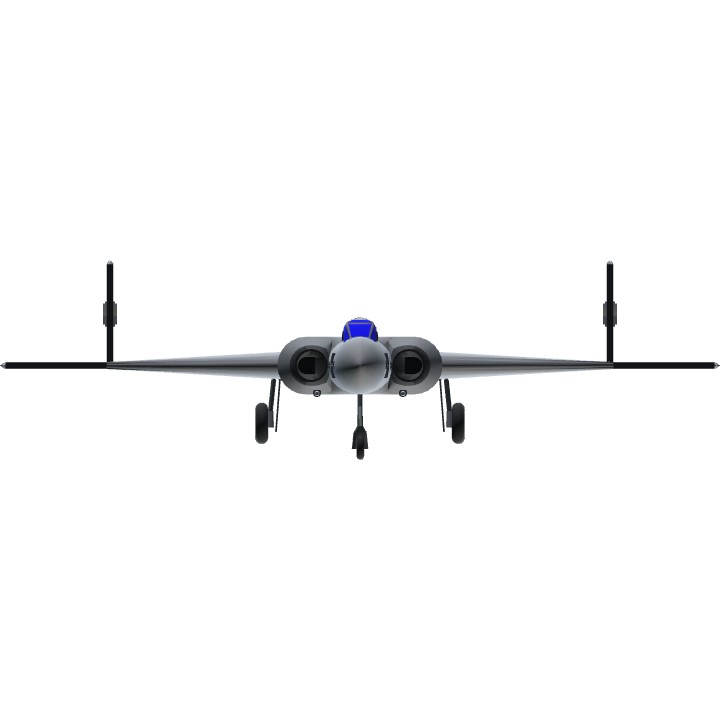
@XEPOH , Thanks for your upvote .
@UseGooglePlay , thank for your upvote bro .
👍
@Trainzo Thank*
@RandomUser09 , thnak for your upvote .
@Mustang51 , yes you're right, and in addition not very easy to drive . For the Masha, it took me several days to get to the equiliber and to fly it properly .
@Trainzo me too. The Russians had very creative ideas. They didn’t always work so well but they looked very cool
@Mustang51 , thank for yours upvote and your comment . I love prototype , especially Russian .
This is incredibly cool!
@BogdanX , thank for your upvote .
@11qazxc , @Mumpsy , thanks for yours upvotes .
@Trainzo np😊
@Evenstsrike333 , thank for your upvote .
@TheRealTDawg , @Zott , thanks for yours upvotes .
@Treadmill103 , @Jaguargery , thanks for yours upvotes .
Ok well I'm not too good with making delta wing aircraft fly well. So I think I'll leave it but it looks great nonetheless.@Trainzo
@WarHawk95 , merci pour ton vote et surtout ton commentaire .
@Hedero , Hello, it's a plane that I had a lot of trouble flying. It is obviously not in the actual configuration. You have to fly permanently with a shutter catch. If you can improve the flying qualities, you can try. Good flight .
@Trainzo Np
@Tang0five , thank for your comment my friend .
@SodiumChloride , @Tang0five , @USSR , thanks for yours upvotes .
@yoshicraze , @WarHawk95 , thanks for yours upvotes .
I notice you have flaps on this aircraft. This would not working in real life because the flaps would act as an elevator and would cause the aircraft to nose dive. Also, I don't know if this is user error but your plane barely pitches up. So I couldn't even gain altitude.
Nice subject material once again mon amie!
Very good!
Bravo et merci pour cette histoire hyper intéressante.
Je ne sais pas ce qu'il aurait donné aux côtés du MiG-15 mais un tel armement aurait fait très mal aux "Sabre" américains.